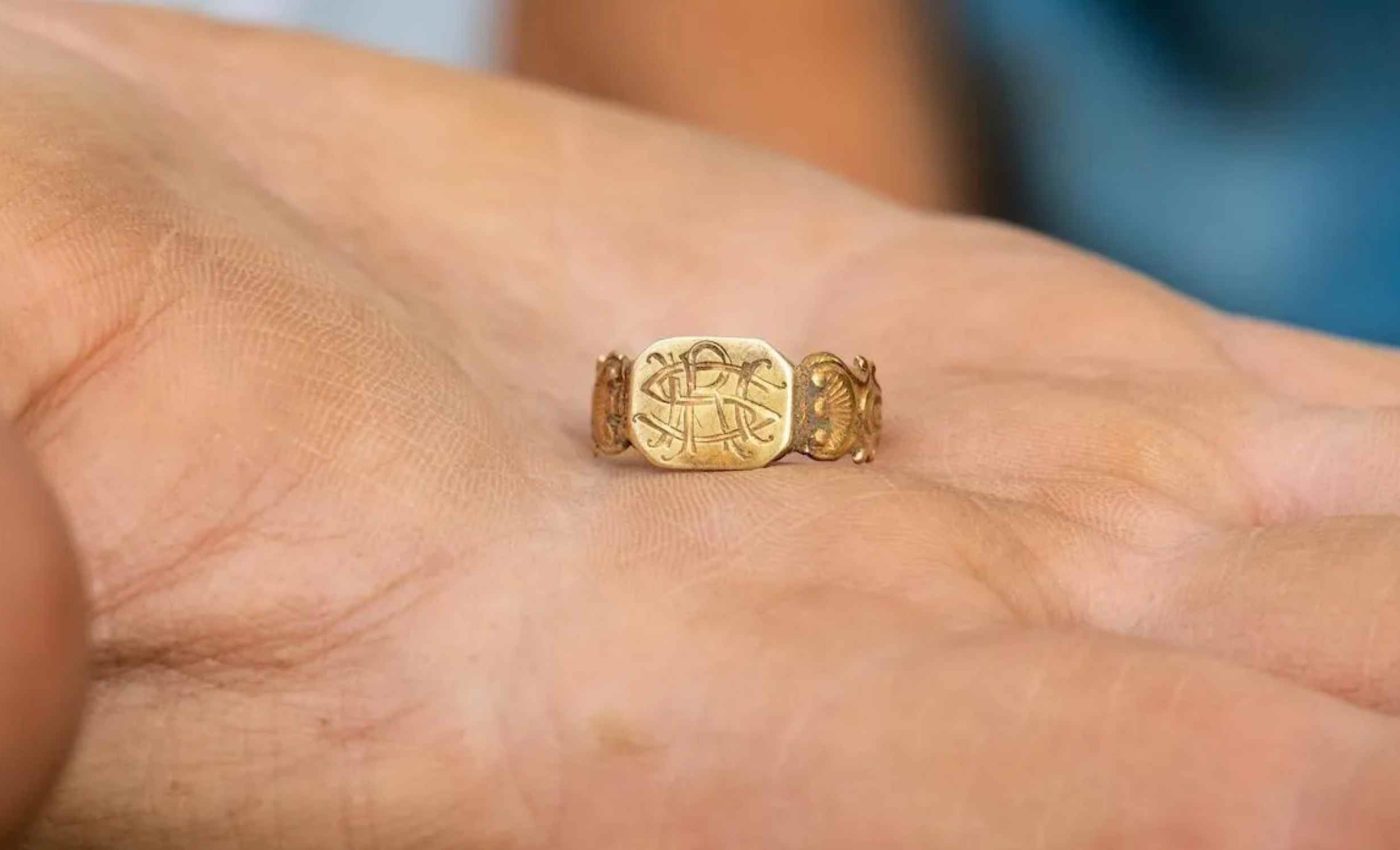
Archaeological dig by students uncovers the first LSU campus
LSU students spent this summer excavating the university’s first campus in Pineville, Louisiana, revealing foundations, a buried water system, and carved marble blocks.
The work points to a massive 19th century complex that burned in 1869, a place where the school’s earliest routines, tensions, and ambitions took shape.
Finding the old LSU Pineville campus
The Old LSU Site sits inside Kisatchie National Forest in Pineville, a public site managed today by the U.S. Forest Service.
Here, students cleared brush, mapped walls, and opened test units across shaded ground where the seminary once stood.
Lead archaeologist Matthew Helmer, an affiliate professor in LSU’s Department of Geography and Anthropology and Heritage Program Manager for Kisatchie National Forest (LSU), directs the investigation.
Students are enrolled in an archaeology field school. The main building opened in 1860 and was large for its day, with three stories, wide galleries, and 72 rooms, according to a National Park Service nomination.
That account also records a U shaped footprint wrapped around a central quadrangle and confirms the October 15, 1869, fire that ended its use.
“It was a major investment from the state, $150,000 in the 1850s, which was a massive amount of money. And until now, this site has never been scientifically investigated,” said Helmer.
Teams also documented a hidden cistern, an underground reservoir that stored rainwater for campus use, and marble blocks believed to have crowned the entrance.
Why LSU Pineville matters
Before the Civil War, William T. Sherman served as the seminary’s first superintendent, the head of the school’s daily operations, from 1859 to 1861, as shown in the Library of Congress timeline.
His tenure overlapped with a period when the new school sought stability, faculty, and a clear mission in a divided country.
After wartime disruptions, the school reopened during Reconstruction, the post Civil War era of political and social rebuilding, but that stability did not last.
The 1869 fire ended the Pineville chapter and forced the institution to resume classes in Baton Rouge within weeks, according to LSU Libraries records.
What the dig is uncovering
Archaeology thrives on context, and this site gives it in layers. The inscription, words carved into stone for public display, once read: ‘By the liberality of the general government the Union Esto Perpetua,’ and the surviving blocks still bear tool scars where it was removed.
Students traced walls and floors that outline a campus built to educate and drill, not only to march but also to read, write, and calculate.
They pulled nails and hardware from fill deposits and mapped brickwork that hints at workshops and service areas tied to daily routines.
Echoes of conflict and change
The inscription was chiseled away after the Civil War began, a physical mark of how politics reached even a school doorway.
That decision sits alongside the building’s Civil War role as a hospital, a practical shift that turned lecture halls into wards and hallways into supply runs.
“I accepted such position when Louisiana was a State in the Union, and when the motto of the Seminary was inserted in the marble over the main door: ‘By the liberality of the General Government of the United States. The Union, esto perpetua,’” reads Sherman’s letter, written January 18, 1861.
His words capture his stance during secession, including his reference to the stone’s message.
The letter also states his refusal to aid actions against the United States, a choice that ended his service in Pineville and returned him to the Army. The building’s size tells its own story of ambition.
The National Park Service account notes crenellated walls, broad galleries, and 72 rooms, details that help students match buried footprints to long gone rooms.
From trench notes to a wider history
Students use stratigraphy, the study of layered soils that stack over time, to tell one century’s floor from another’s debris. Each soil change holds a clue to the order of events in the ground.
From the cistern’s rubble come traces of both collapse and cleanup, a jumble of marble fragments and iron fittings that reveal how ruins were cleared and how space was reused after the fire.
Public history anchors the project as much as research. Along Kisatchie’s short trail, visitors walk past the same foundations students study, while museums and forest exhibits prepare to share a clearer record of LSU’s beginnings.
Holding a marked button or fragment of slate connects a student to the people who once kept the campus alive. The personal side of the work never fades from view.
Pineville’s soil now restores the first chapter of LSU’s story. The dig shows how higher education in the South grew through conflict and recovery, leaving a pattern in brick and soil that still teaches today.
—–
Like what you read? Subscribe to our newsletter for engaging articles, exclusive content, and the latest updates.
Check us out on EarthSnap, a free app brought to you by Eric Ralls and Earth.com.
—–













